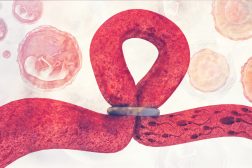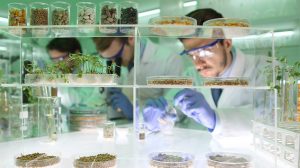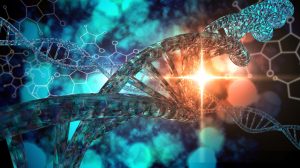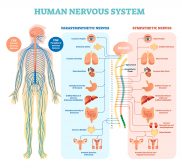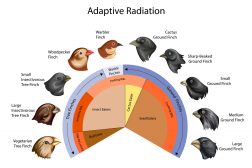Definition
noun
A hereditary blood disorder resulting in anaemia due to a mutation in the allele coding for the beta chain of haemoglobin
Supplement
Sickle cell anemia is a hereditary disease. It is a blood disorder caused by a point mutation in the allele coding for the beta chain of haemoglobin, particularly a substitution of valine for glutamic acid at position 6 of chromosome 11. The result is a defective haemoglobin. It crystallizes readily at low oxygen tension. Hemoglobin is the oxygen-carrying molecule in the red blood cells. Normally, the red blood cells are discoid shaped. However, the red blood cells of homozygote individuals with sickle cell anemia take an atypical rigid sickle shape when the oxygen tension is low. This results in sickle-shaped red blood cells becoming trapped in capillaries, or become damaged in transit. Thus, it eventually leads to severe anaemia. Apart from anaemia, individuals with sickle cell anemia suffer from symptoms such as joint pain, acute abdominal pain, and ulceration of the lower extremities. Nevertheless, individuals that are heterozygous for this condition tend to have an increased resistance to malaria caused by Plasmodium palcifarum. This could be due to the infected sickle-shaped red blood cells being removed eventually from circulation.
Abbreviation / Acronym: SCA
Variant(s):
- sickle-cell anemia (North America)
- sickle-cell anaemia (British)
Synonym(s):
See also:
- Sickle cell
- Sickle cell dactylitis
- Sickle cell c disease


